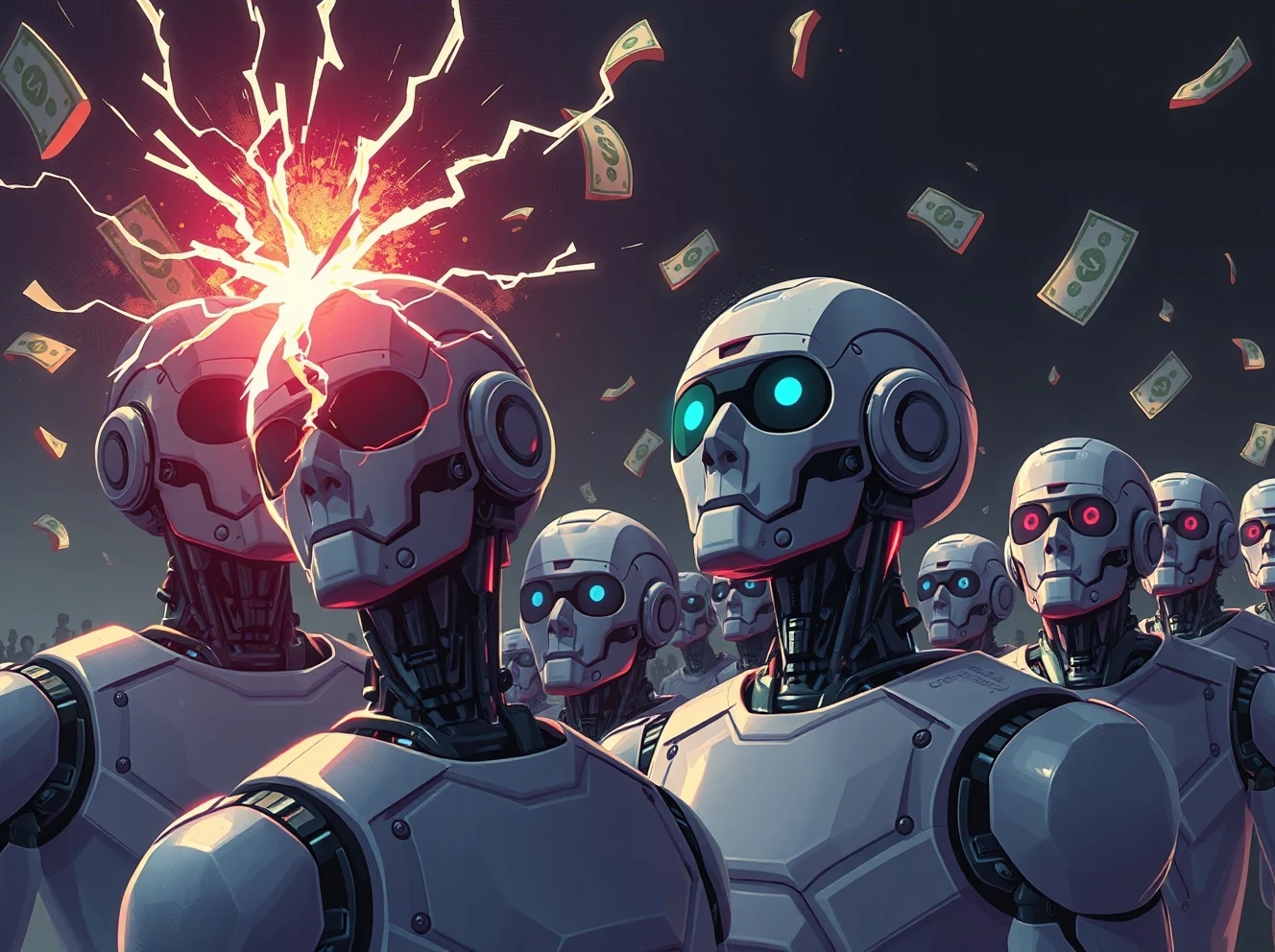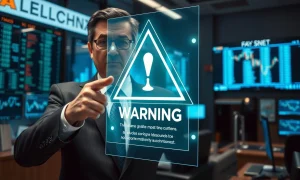Billions of dollars are pouring into humanoid robot startups, but one of robotics’ most respected pioneers has a stark warning: the entire humanoid robot bubble is built on flawed assumptions and destined to burst. Rodney Brooks, co-founder of iRobot and former MIT professor, argues that current approaches to creating human-like robots ignore fundamental physical and technical realities that make mass adoption impossible.
The Humanoid Robot Bubble Faces Fundamental Technical Hurdles
Brooks specifically targets companies like Tesla and Figure that attempt to teach robots human dexterity through video demonstrations. He calls this approach “pure fantasy thinking” because it overlooks critical biological advantages. Human hands contain approximately 17,000 specialized touch receptors that provide feedback no current robot technology can replicate. Furthermore, while machine learning revolutionized speech recognition and image processing, these successes built upon decades of existing data collection infrastructure. “We don’t have such a tradition for touch data,” Brooks emphasizes, highlighting a fundamental gap in the humanoid robot bubble foundation.
Safety Concerns Threaten the Humanoid Robot Bubble
The safety implications of full-sized walking robots present another major challenge to the humanoid robot bubble. These machines require massive energy inputs simply to maintain balance. When they fall, they become dangerous projectiles. The physics are unforgiving: a robot twice the size of current models would contain eight times the harmful energy upon impact. This creates significant liability concerns that could derail commercial deployment. Consequently, Brooks predicts that successful “humanoid” robots in 15 years will actually feature wheels, multiple arms, and specialized sensors rather than attempting to mimic human form.
Historical Context of the Humanoid Robot Bubble
This isn’t the first time Brooks has challenged technological hype cycles. Last year, he detailed why generative AI promises often exceed actual capabilities. Interestingly, research supports his skepticism. A study by AI research nonprofit METR found that developers using AI tools actually took 19% longer to complete tasks, despite perceiving a 20% speed increase. This pattern of overestimation mirrors the current humanoid robot bubble enthusiasm. Major tech companies continue investing heavily despite these warnings. Apptronik has raised nearly $450 million with Google backing, while Figure counts Microsoft and OpenAI among its supporters.
The Inevitable Burst of the Humanoid Robot Bubble
Brooks remains convinced that today’s billions are funding expensive training experiments that will never scale to mass production. The fundamental mismatch between investor expectations and technical reality suggests the humanoid robot bubble cannot sustain itself. As evidence mounts about the limitations of current approaches, a market correction appears inevitable. The robotics pioneer’s track record of accurate predictions lends credibility to his warning that the current investment frenzy rests on unstable foundations.
Frequently Asked Questions
What exactly is the humanoid robot bubble?
The humanoid robot bubble refers to the massive influx of investment capital into startups developing human-shaped robots, despite significant technical challenges that may prevent commercial viability.
Why does Rodney Brooks think the bubble will burst?
Brooks identifies fundamental technical limitations including inadequate touch sensor technology, safety concerns with bipedal robots, and the absence of necessary data infrastructure for training.
Which companies are most involved in humanoid robotics?
Major players include Tesla with its Optimus robot, Figure AI backed by Microsoft and OpenAI, and Apptronik supported by Google’s DeepMind robotics team.
What alternative does Brooks propose?
He suggests successful future robots will likely have wheels instead of legs, multiple specialized arms, and custom sensors rather than attempting to replicate human form.
How much money has been invested in humanoid robotics?
Billions of dollars have flowed into the sector, with individual companies like Apptronik raising nearly $450 million and Figure securing significant backing from major tech firms.
When does Brooks predict the bubble will burst?
While he doesn’t specify an exact timeline, his analysis suggests the current investment approach cannot sustain itself long-term as technical realities become apparent.








